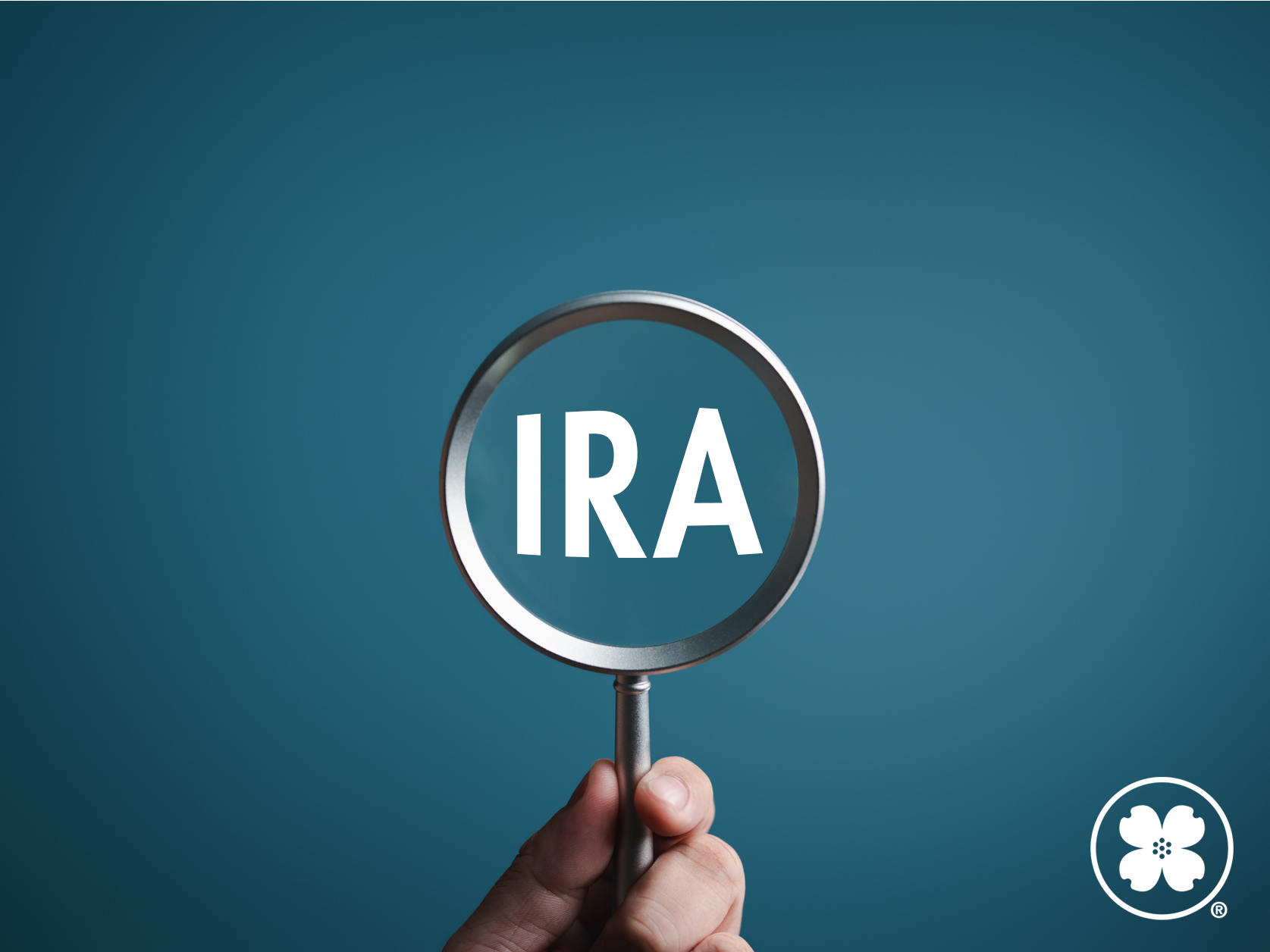Learn the key differences between IRAs and 401(k)s, including tax benefits, contribution limits, and withdrawal rules to help you choose the right retirement plan for your financial goals.

One of the biggest questions we hear from clients is, “What kind of retirement lifestyle can I afford?” It’s not easy to forecast living expenses for next year, let alone to project the cost of a retirement period of 30 plus years.
A common starting place in developing a retirement strategy is the use of the “Four Percent” rule, which assumes that you can consistently withdrawal four percent of your investable assets each year and not run out of funds. However, there are three major factors that are changing the way we look at retirement spending:
- People are living longer.
- Investment return expectations will be modest in the next few years compared to historic averages.
- Health care costs continue to disproportionately rise.
Combine these factors together, and “ the four percent rule” might be a little aggressive for many. These considerations are becoming even more important as more retirees are relying on their IRAs and 401(k)s, and less on pension plans, as fewer companies are offering them. Let’s consider each of these separately and the impact they have on forecasting retirement spending.
First, let’s look at longevity. It’s no secret that people are living longer. According to research from the National Institute on Aging, life expectancy at birth in several countries is now 81. This is quite an improvement considering most babies born in 1900 did not see their 50th birthday. Advances in healthcare are a large reason for the increase in life expectancy. This is a key component in retirement planning, due to a longer retirement period. In some cases a client’s retirement period may extend over 40 to 50 years.
Secondly, in terms of investments, how much should you expect your portfolio to grow? Most investment managers are forecasting slightly lower investment returns out of the stock and bond markets over the next five to ten years. This can be impactful when considering a sustainable rate of withdrawal from your portfolio.
Third, are the effects of healthcare costs and inflation. We use the term “inflation” with caution, as there are many ways to measure it. We currently use 2.5% as our standard long-term inflation rate, and 6.5% for the increased cost of in healthcare each year. The impact of considering a 6.5% increase in healthcare costs over a 30 year planning period is substantial. In some cases, healthcare costs can be greater than all other household expenses when a client reaches an advanced age.
Along with life expectancy, investment return expectations, and healthcare costs, other considerations factor in when developing a retirement plan. First, there is a misconception that retirees consumption spending is constant over the course of their retirement. A more accurate reflection of consumption spending is a recognition of varying spending patterns at different stages of retirement.
The second consideration is that retirees adjust spending with market returns. We often see that clients will hold off on large expenditures when stock market returns are below expectations. And, in many cases, retirees also forgo an inflation adjustment with their annual living expenses. They become accustom to a
certain dollar amount and often adjust their lifestyle to fit into that annual living expense.
Finally, the basis for financial planning has generally been to assume that retiree expenses or consumption increase each year by the rate of inflation. However, there is empirical evidence that shows retiree’s spending actually decreases approximately 1% each year. This, of course, goes against conventional wisdom and economic theory. Specifically, the life cycle hypothesis that suggests that retirees will maintain the same lifestyle expenditures over their lifetime.
So, what’s the bottom line?
All of your goals in retirement can be quantified and your concerns eased through proper planning. The cost of retirement is growing, but a financial road map can give you the direction you need to take to meet your goals. We want you to have peace of mind in knowing that you have a plan in place that prepares you for longevity and higher costs in retirement.


